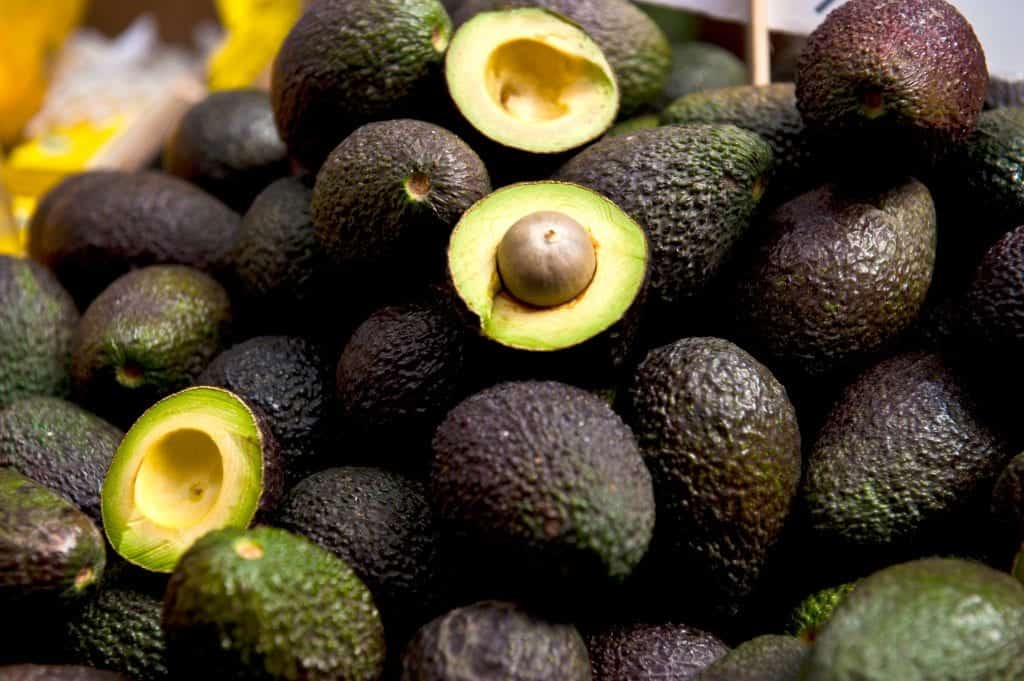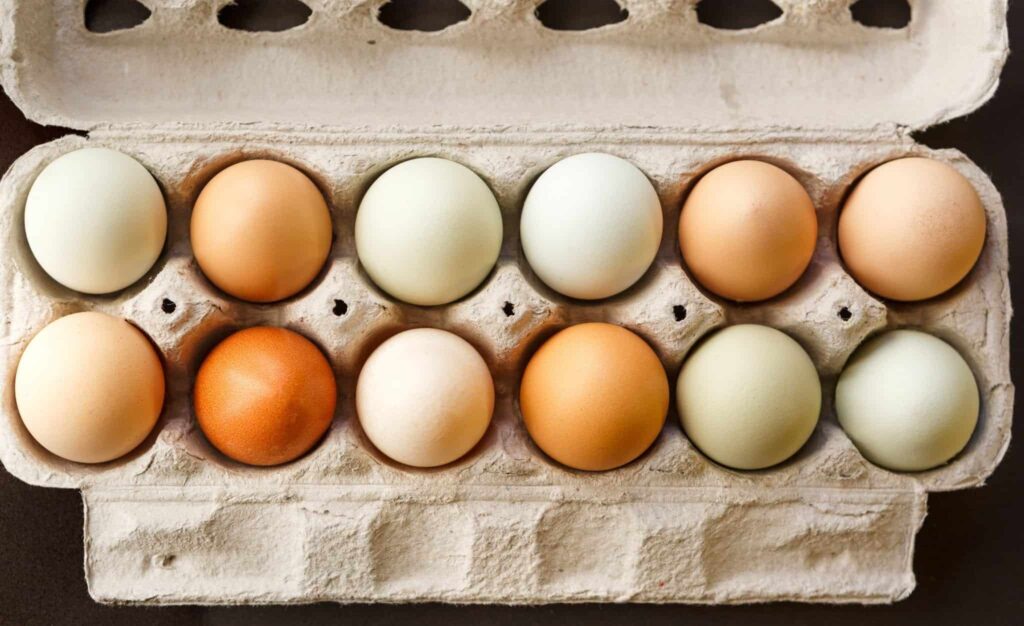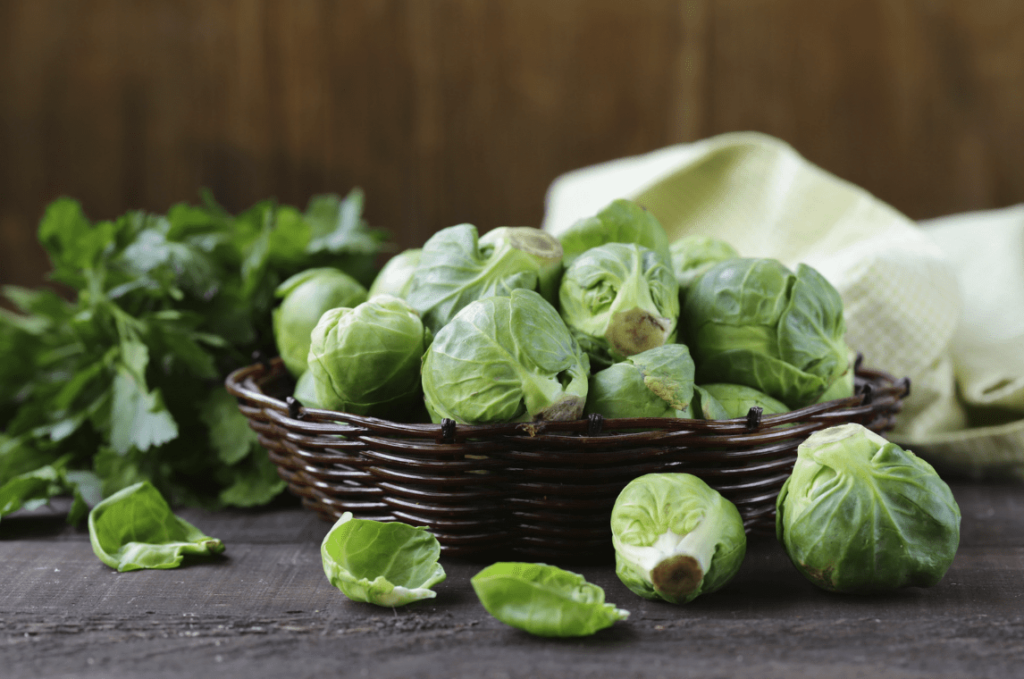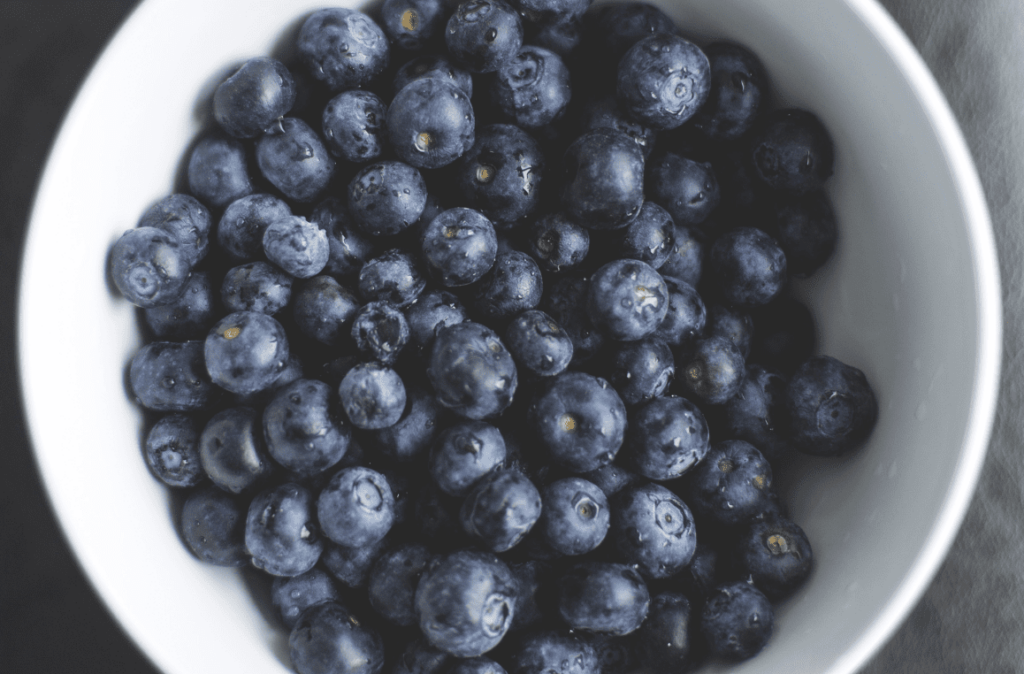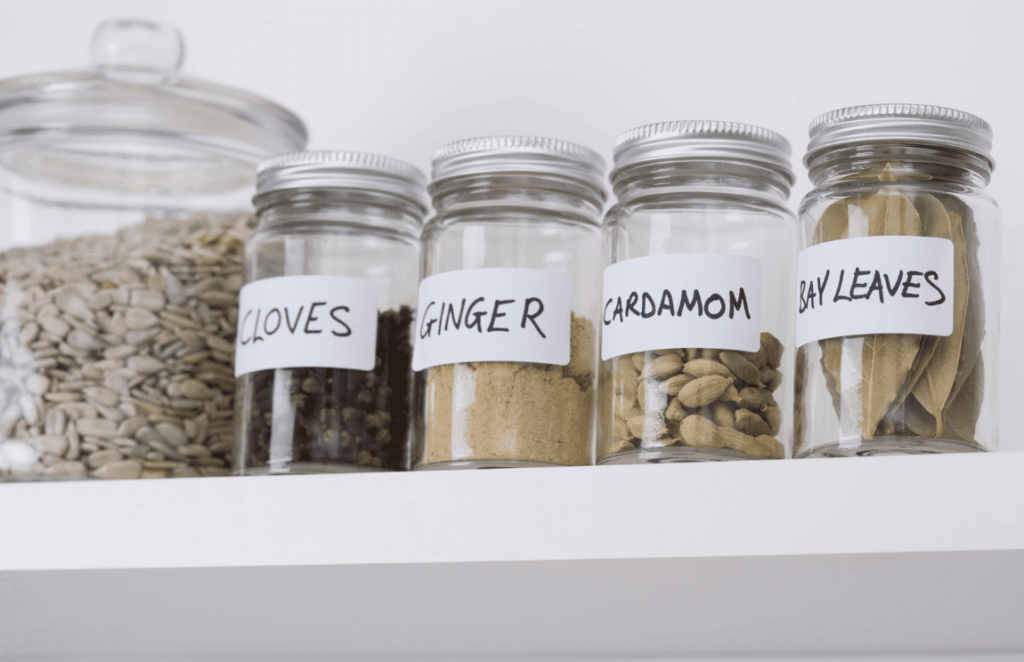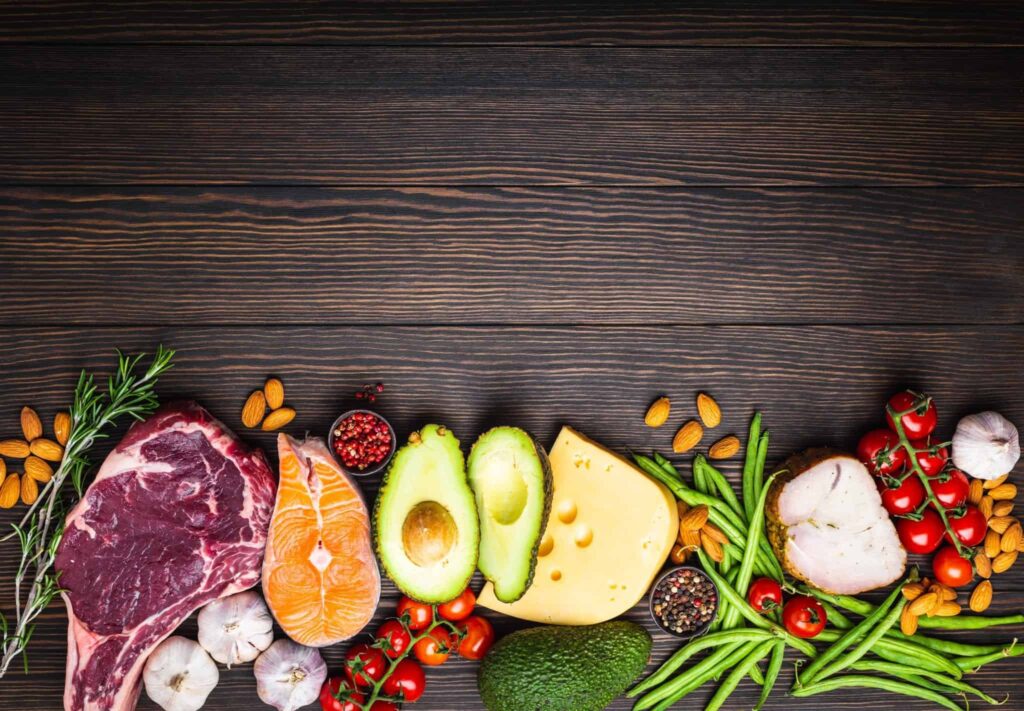Food pyramids are diagrams showing optimal servings of each food group to eat in a single day. They’re meant to be visual illustrations of how you should eat to stay healthy. The most well-known food pyramid was created by the US Department of Agriculture in the early 1990s. It had grains at the base and fats and oils at the very end. Well, turn this pyramid upside down and you’ll get what is essentially a keto food pyramid.
While there is no official keto food pyramid, most illustrations showing how the keto diet should look like are essentially the same with small variations. So, how does the keto food pyramid look like? Find out below to learn how you should eat on a keto diet.
The foundation: fats and oils
The keto diet is a high-fat diet, so fats, oils, and fatty foods should provide most of your calories on this diet and you’ll find them at the base of the keto food pyramid. Examples of such foods include:
- Cold-pressed oils (olive oil, avocado oil, coconut oil, sesame oil)
- Butter and ghee
- Heavy cream
- Lard
- Bacon
- Avocados
- Coconut
- Fatty fish (salmon, sardines, trout, herring)
- Fatty cuts of meat (minced beef, ribeye, pork belly)
While it may seem like a lot to base your diet around these foods, keep in mind that you will have different portion sizes on a keto diet than you would have on a regular diet. Fat provides 9 calories per gram, whereas carbs and protein provide only 4 calories per gram [1]. That means you’ll need a smaller serving of fat to get the same number of calories you would from the other two nutrients.
Besides that, you will get a combination of fat and protein from other foods you eat on a keto diet and which will contribute to your daily fat intake.
The middle: protein foods
The keto diet is also a moderate-protein diet. Moderate usually means getting 20-25% of your calories from protein or to eat 0.8-1.2g of protein per kg of body weight. Protein foods you’ll find at the middle of the keto food pyramid include:
- Red meat (fatty cuts)
- Fish and seafood (crab, octopus, shrimp)
- Eggs and full-fat dairy
You’ll notice that legumes are not listed as a source of protein on the keto food pyramid. That’s because most legumes contain starch in addition to protein and they can, therefore, lead to overeating on carbohydrates.
The reason protein intake needs to be moderate rather than high on keto is that protein can kick you out of ketosis – the goal of the keto diet. During ketosis, your body is not only converting fat into ketones; it is also converting a portion of the protein you eat into glucose. This process is known as gluconeogenesis and it helps keep blood sugar levels normal [2]. However, too much protein can raise blood sugar levels that will stop ketosis.
Next Level: Vegetables, Nuts, Seeds
You still need to eat some amount of carbs on a keto diet. Ideally, these carbs should come from low-carb vegetables as well as nuts and seeds. Examples of low-carb vegetable include:
- Cruciferous (cauliflower, broccoli, Brussel sprouts, cabbage)
- Leafy greens (spinach, kale, lettuce, arugula)
- Non-starchy vegetables (zucchini, peppers, eggplants, tomatoes, asparagus, mushrooms)
Of course, the list of vegetables allowed on a keto diet is much longer than this. To know which veggies you can and should enjoy on a keto diet, you can either use diet apps, online nutrition databases or choose vegetables listed on ready-made keto meal plans and keto food lists.
Keto-friendly vegetables provide fiber, vitamins, minerals, and antioxidants while helping you stay within your daily carb allotment. It’s recommended to have 3-5 servings of vegetables a day to stay healthy [3].
Besides veggies, nuts and seeds also have a special place on the keto food pyramid. Most nuts and seeds are high in fat and low in carbohydrates. There are a few exceptions, however. Chestnuts are mostly composed of starch while cashews are higher in carbs than other nuts, so try to avoid these. Otherwise, a handful of nuts and nut products a day can keep your diet on track.
The Very End: Berries
Government food guidelines typically recommend eating up to five servings or 2 cups of fruit a day [4]. The keto diet is different in this regard, and fruit intake is kept to a bare minimum. The only fruits recommended on a keto diet are berries such as:
- Blueberries
- Strawberries
- Raspberries
- Goji berries
- Blackberries
- Cranberries
Berries are lower in carbohydrates than most other fruit and it’s easy to keep your intake of berries low due to their small size. Keto dieters typically use berries to flavor and sweeten smoothies, shakes, desserts, and as decorative food.
While fruit definitely provides a host of health benefits and is rich in valuable nutrients and fiber, it still is nature’s candy for a reason – it’s high in sugar. A medium apple, for example, can provide around 25g of carbohydrates.
What Else?
There are foods and ingredients that may not be in the keto food pyramid because they’re not essential. Still, these foods can contribute to the keto diet in many other ways. Examples of such foods are:
- Herbs and spices
- Condiments
- Non-nutritive sweeteners
- MCT oil
- Protein supplements
- Multivitamins
Another ingredient not listed on the food pyramid but that is, nonetheless, essential is water. Water intake paired with adequate electrolytes intake is just as important as sticking to your keto macros.
Summary
The keto food pyramid is like your standard food pyramid turned upside down. It completely excludes grains, which are the cornerstone of standard food guidelines and places oils and fats in their place. The keto food pyramid can help you visualize how your keto diet should look like, but keep in mind that good keto nutrition is much more complex than that and not everything about the keto diet can be illustrated with a pyramid diagram. Still, you can use it as a rough guideline if you’re a beginner. Want to try out a super yummy keto-friendly recipe? Go with eggplant parmesan from Corrie Cooks to get started.
About the Author
Sofia Norton
Dietitian Expert, Kiss My Keto
Driven, dedicated and team-oriented professional with more than 6 years of experience providing wellness and nutritional support in various capacities. After Sofia learned about “food deserts” as a kid, she became determined to devote her life to like to making healthy foods accessible to everyone, regardless of income or location. Sofia has traveled around the world, teaching nutrition to communities in extreme poverty. In her spare time, Sofia loves long bike rides and exploring local farmers markets.
References:
- https://www.nal.usda.gov/fnic/how-many-calories-are-one-gram-fat-carbohydrate-or-protein
- https://www.ncbi.nlm.nih.gov/books/NBK493179/
- https://www.choosemyplate.gov/vegetables
- https://www.usda.gov/media/blog/2017/09/26/back-basics-all-about-myplate-food-groups
